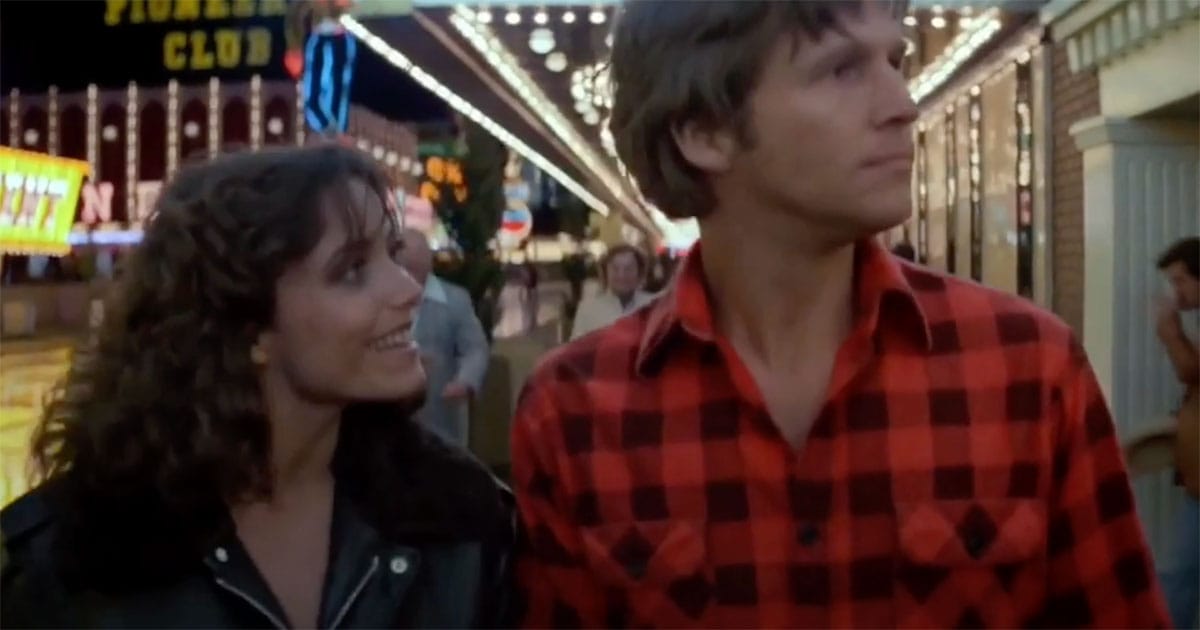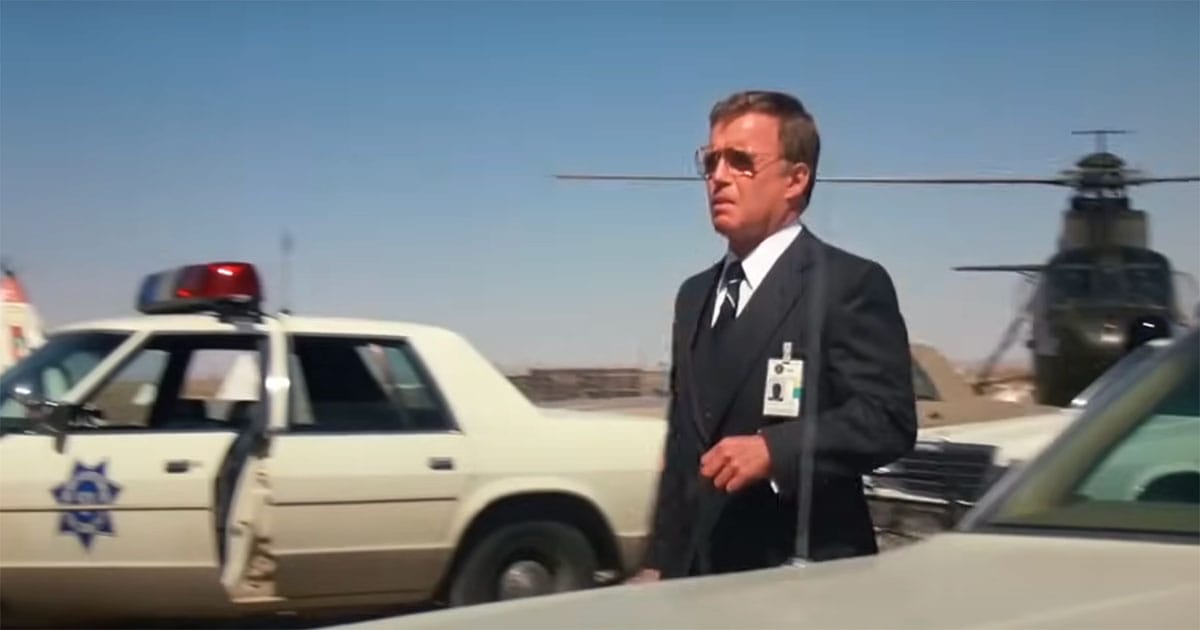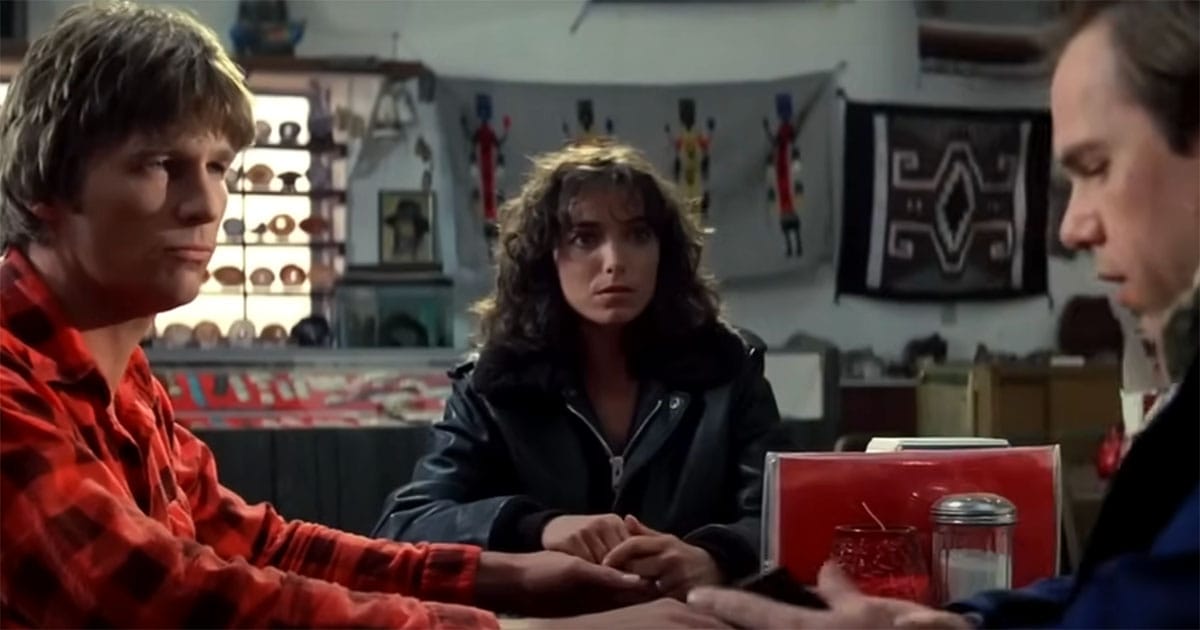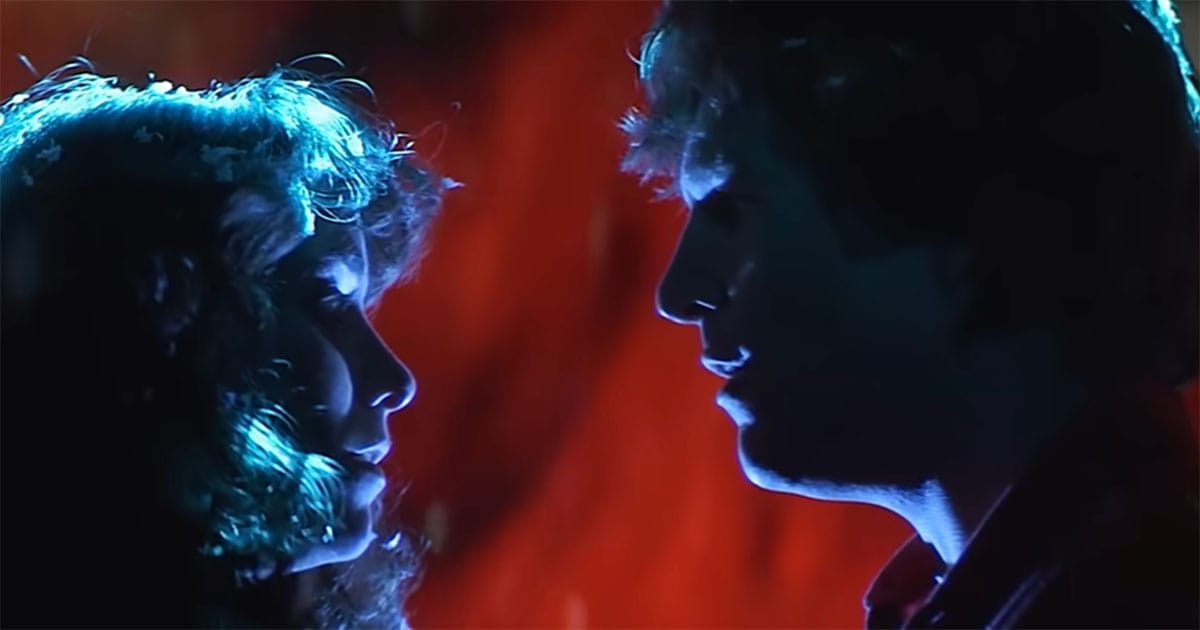What if the Starman Faced the World
What if the visitor in "Starman" had stepped into the spotlight? Explore how a public revelation would have reshaped John Carpenter's quiet fable into a global tale of fear, control, and lost meaning.

John Carpenter's 1984 film "Starman" remains an unusual entry in his body of work. Best known for darker and more cynical narratives like "Escape from New York" and "The Thing," Carpenter instead told a quiet, emotionally grounded story in "Starman." This is not a story of destruction or conquest, but of love, grief, and wonder. An alien visitor, shot down by the U.S. government, takes the form of a Wisconsin widow's recently deceased husband. With federal agents in pursuit, he and the woman embark on a cross-country journey so he can rendezvous with his people and return home.
But what if the Starman had made a different choice? What if he stepped forward instead of hiding in the shadows and revealed himself to the world? That single change would alter not only the tone of the film, but its message, scope, and the very nature of the story it tells.
From the Personal to the Global – A Shift in Genre
Had the Starman revealed himself openly to the world, the narrative would have left behind its quiet emotional core and crossed into the broader domain of global first contact. "Starman" is, at heart, a story about two individuals—one human, one not—discovering each other through shared vulnerability. But a public revelation would have changed that dynamic entirely.

Instead of an intimate road movie, the story would more closely resemble genre landmarks like "The Day the Earth Stood Still" or "Close Encounters of the Third Kind." In those films, the arrival of extraterrestrial intelligence prompts worldwide attention, fear, and ideological conflict. More recently, "Arrival" explored how language and perception would be tested under the pressure of such an event.
This genre shift expands the narrative canvas but comes at a cost. With the world's eyes fixed on the Starman, the deeply human relationship between him and Jenny would be swallowed by geopolitical tension, media frenzy, and cultural debate. The focus would inevitably move from quiet revelation to spectacle, from a tale of individual redemption to a pageant of global uncertainty. In choosing the personal over the political, Carpenter preserved the story's rare sense of wonder and emotional clarity.
Human Institutions and the Alien Visitor
In the world of "Starman," secrecy allows the alien to remain a mystery, explored through the eyes of one grieving woman. But if the Starman had revealed himself to the public, he would have immediately become a subject of international concern. The story would no longer belong to Jenny Hayden and the visitor from the stars. It would belong to governments, news networks, and institutions that do not trust what they do not control.

The most immediate response would come from the military. Panic and protocol would override diplomacy. Scientists might plead for dialogue, but generals and intelligence officials would likely see only a potential threat. The Starman, no longer a vulnerable visitor, would become a strategic variable—something to be studied, managed, or even neutralized.
Religious groups would also react, projecting meaning onto the visitor's presence. Some might declare him a divine messenger, others a deceiver. News outlets would flood the airwaves, turning speculation into fear. Politicians would seize the moment for power or distraction.
This scenario invites moral ambiguity. Would humanity be capable of listening to a peaceful visitor, or would our institutions drown out his voice? The story would no longer be about understanding but about control.
The Message Lost in the Medium
The power of "Starman" lies in its quiet insistence that understanding is possible—not through speeches or broadcasts, but through compassion shared between two individuals. If the Starman had made himself known to the world, that message would likely have been drowned in confusion.

In the original film, Jenny teaches the alien what it means to be human. Her kindness, grief, and faith form the language he learns to speak. However, in a public setting, the Starman would be forced to communicate through press conferences, policy briefings, or armed standoffs. Any message of peace would be twisted by suspicion and refracted through political agendas. Rather than a being with something to offer, he would become a symbol—reshaped to serve whichever faction shouted most insistently.
Science fiction has long warned us of this tendency. In "The Day the Earth Stood Still," the alien Klaatu must use force to make himself heard. In "Arrival," misunderstanding nearly leads to catastrophe. Had the Starman stepped forward publicly, he may have met a similar fate—not because his message lacked truth, but because truth rarely survives the machinery of mass perception.
By staying hidden, the Starman was able to speak directly to a human soul. And that made all the difference.
The Strength of Silence
In choosing to tell a small story rather than a sweeping spectacle, John Carpenter made the right call. The beauty of "Starman" is not in what it says to the world, but in what it whispers to the human heart. By narrowing the focus to two travelers on a quiet journey, the film steers clear of public distortion and finds something more honest.

Science fiction does not always need starships or world governments to make a point. Sometimes, it only needs a single connection. The Starman's anonymity was not a missed opportunity. It was the message itself. His decision to leave without fanfare, to return without conquest, says more about humility, understanding, and grace than any global broadcast ever could.
By staying hidden, the Starman reminded us that the best truths are not always shouted. Sometimes they are shared—one soul to another, across the quiet distances of sorrow and wonder.

